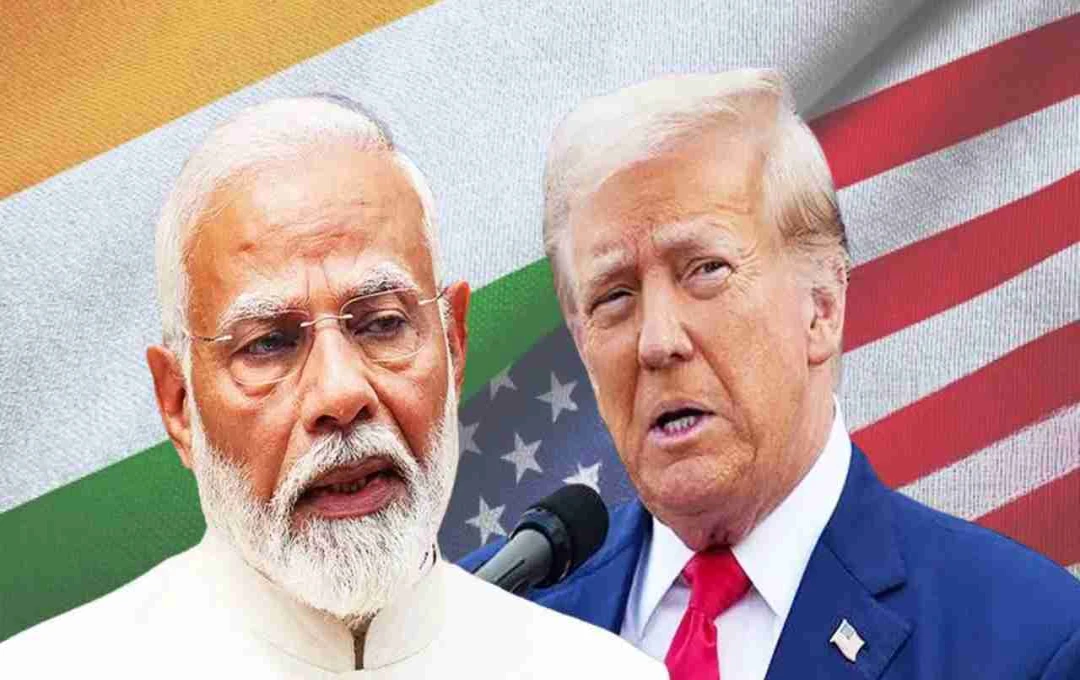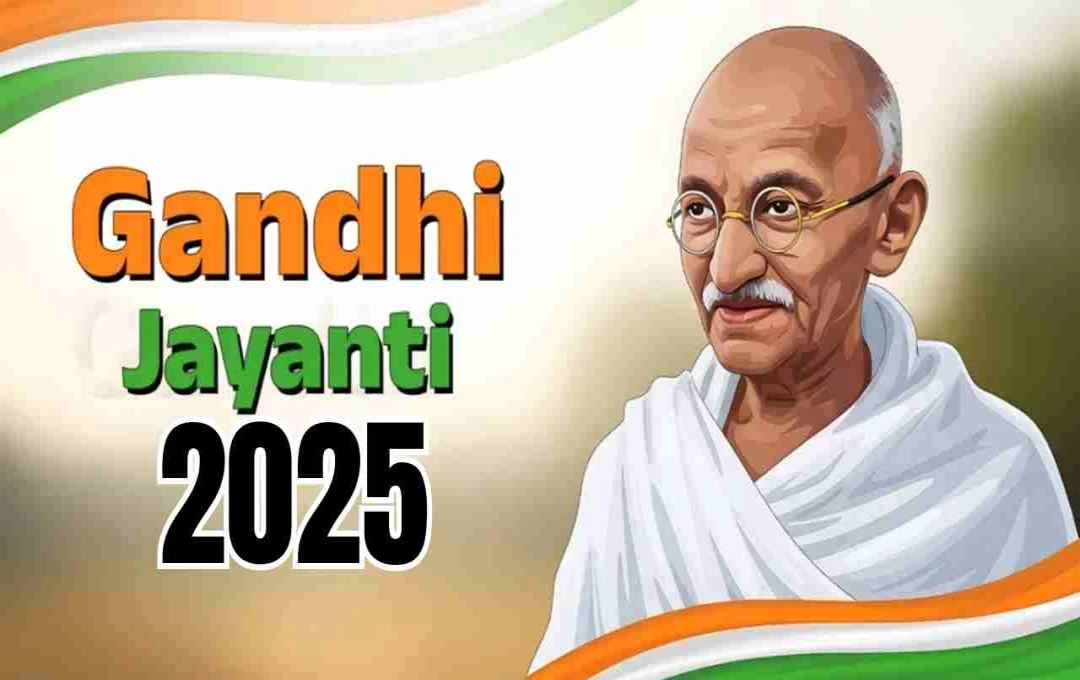S&P Global estimates that the impact on India's economic growth will be limited despite US tariffs. Strong domestic demand, diverse industries, and government strategies will keep GDP stable at 6.5%, and the investment climate will remain positive.
New Delhi: Despite the imposition of heavy tariffs on Indian imports by US President Donald Trump, global rating agencies believe that India's economic momentum will not significantly decline. Experts argue that India's economic structure and domestic demand are robust enough to withstand external trade shocks.
Tariff War and Its Limited Impact on India
The US has imposed a 50% import duty on India for buying oil from Russia. This is being implemented in two phases—the first 25% duty from August 7th and the second 25% duty effective from August 28th. This move is seen as an economic pressure tactic by the US. However, experts say that the impact of this decision on India's overall economy will be limited.
India's exports to the US account for only 2% of its total GDP, making it clear that this type of import duty will not have a major impact on trade or production.
India's Economic Shield

During a webinar, S&P Global Ratings' Asia-Pacific Sovereign Ratings Director, YeeFarn Phua, stated that India's economy is not overly dependent on trade. She explained:
'India's growth momentum is based on domestic consumption, services, and investment. This limits the impact of external trade shocks.'
Last year in May, S&P affirmed India's sovereign rating at 'BBB-' with a positive outlook. This decision was taken considering the country's continued GDP growth and stable economic policies.
Exempted Sectors as Support
The impact of tariffs will not be uniform across all sectors. Key export sectors such as pharmaceuticals and consumer electronics have been granted exemptions.
- The pharmaceutical industry makes a significant contribution to drug supplies to the US.
- In the consumer electronics sector, India's production also holds an important position in the global supply chain.
- Exemptions for both these sectors will reduce pressure on employment, investment, and exports.
Growth Rate Estimate Stable
S&P estimates that India's GDP growth rate will remain at 6.5% in the current financial year, which is the same as last year. This means that US tariffs will not cause a significant decline in economic activity.
Government's Strategic Preparedness

The Indian government is also taking several steps to minimize these tariff impacts:
- New Trade Partners: Strengthening trade relations with countries in Europe, Africa, and Asia.
- Production Linked Incentive (PLI) Schemes: Reducing dependence on imports by promoting domestic industry.
- Diversification of Energy Imports: Increasing crude oil and gas imports from countries other than Russia.
Limited Impact of Tariffs on Investment
- Phua also clarified that the investment climate in India will remain positive despite US tariffs.
- Under the 'China Plus One' strategy, many multinational companies are adopting India as an alternative to China.
- The aim of these companies is not only to produce for the US market but also to serve India's growing middle class and vast domestic market.
Factors such as rapid urbanization, expansion of the digital economy, and infrastructure development are attracting foreign investors.















